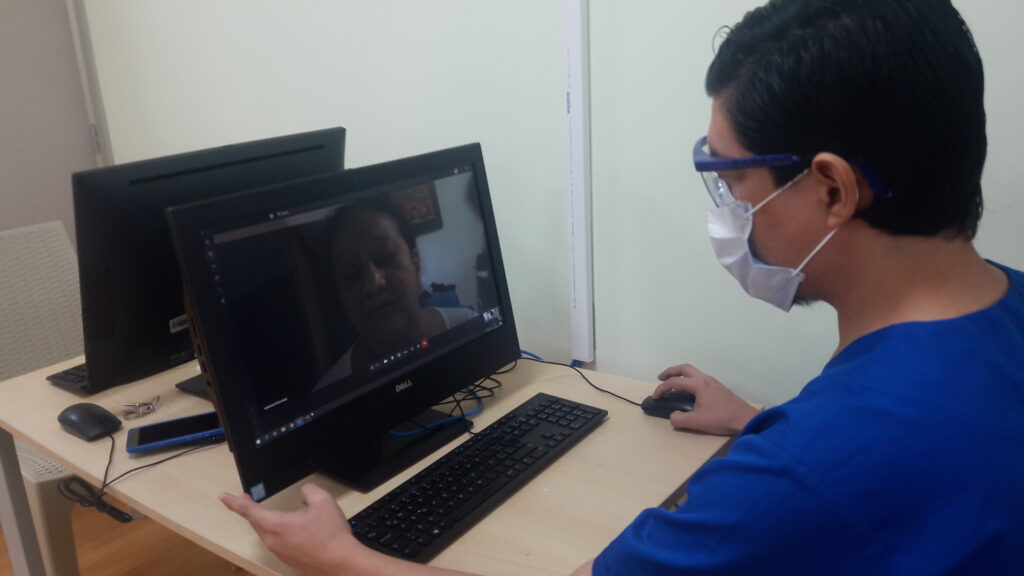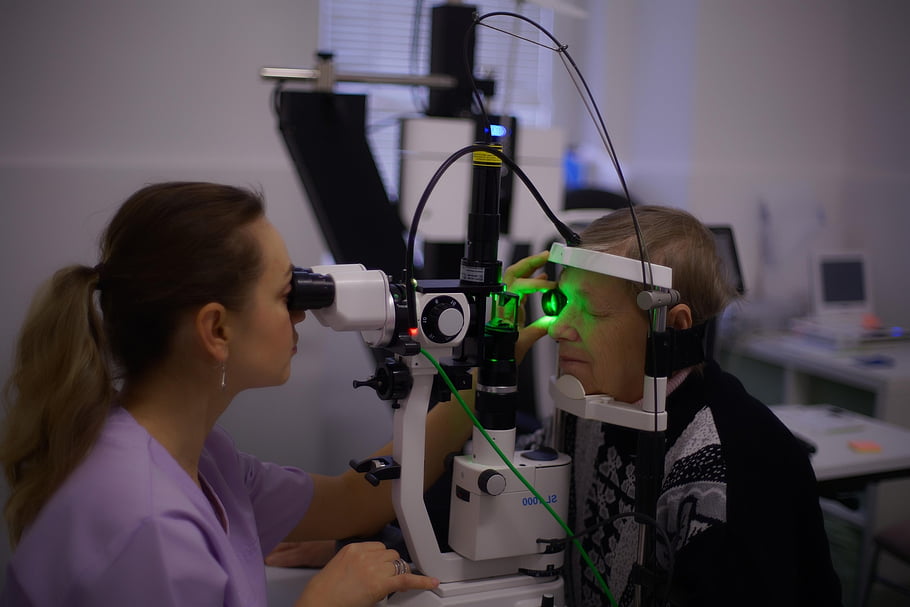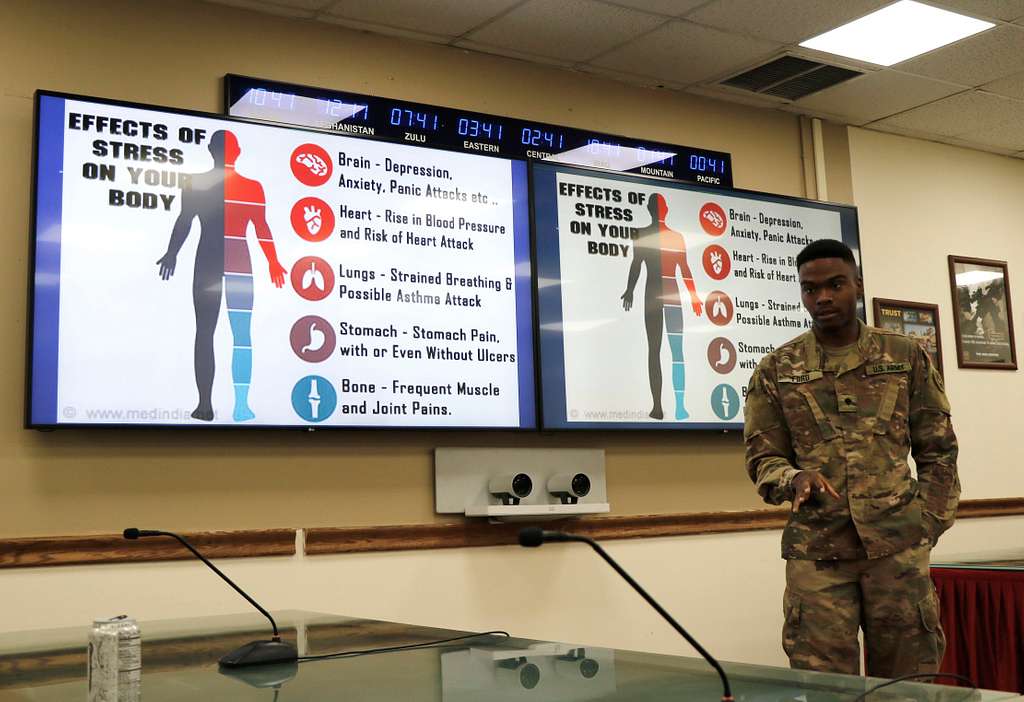You know that fun little American tradition where something super important gets quietly gutted while everyone’s distracted by, say, a celebrity trial or the NFL draft? Yeah, that’s exactly what’s happening with Medicaid right now. While headlines scream about federal debates, states have been low-key hacking away at coverage, one sneaky policy tweak at a time. No dramatic press conferences, just a slow drip of “budget adjustments,” “eligibility reviews,” and “rate realignments” that sound harmless—until your grandma loses her home aide or your ADHD meds suddenly aren’t covered.
These aren’t hypothetical cuts; they’re already happening in 2025, and real people are feeling it. From surprise dental drop-offs to quietly reinstated asset limits, it’s death by a thousand bureaucratic papercuts. So if you’re wondering why your neighbor’s insulin costs just doubled or why mental health waitlists are now longer than a Marvel movie marathon—look no further. Here are 13 quiet Medicaid cuts flying under the radar but hitting hard. Buckle up, it’s about to get frustrating.
1. Arkansas’s Work-“Incentive” Requirements Return

Remember when Arkansas tried work requirements and ~18,000 people lost coverage for missing an online check-in? Well, lobbyists have nudged CMS to let states pilot it again—so starting this spring, able-bodied adults must log 80 hours of “community engagement” monthly or risk a lock-out. Think of it as coerced volunteerism with health-insurance consequences.
It’s pitched as “boosting self-sufficiency,” but Urban Institute digs into how Arkansas’s 2018 pilot … spoiler alert … didn’t increase employment, only paperwork hurdles and uninsured rates. Critics warn vulnerable folks (hello, single moms and folks with fluctuating gig-work hours) will pay the price. Think of it as coerced volunteerism with health-insurance consequences—where you’re essentially cornered into logging “community engagement” hours not because you want to help, but because you’ll otherwise lose your only lifeline to medical care.
2. Texas Cuts Telehealth Mental-Health Visits

During the pandemic, telepsychiatry was a lifeline—now Texas Medicaid is slashing reimbursement rates for remote mental-health check-ins by up to 25%. Patients in rural counties already drove hours to see a therapist; now they may have to wait months or pay out-of-pocket. According to John Hopkins, rural Texans lost 40% of their telehealth appointments in March alone.
Providers grumble that the lower rates don’t even cover platform fees, so some are dropping Medicaid altogether. That means longer waitlists (sometimes 6+ months) and, heartbreakingly, more crises going untreated. Providers are loudly grumbling that the new, lower reimbursement rates barely cover the digital-platform subscription fees, let alone their own time and expertise, so an alarming number are simply opting out of Texas Medicaid, leaving patients scrambling for any therapist willing to take their coverage.
3. Florida Caps In-Home Support Hours

Florida quietly capped in-home attendant hours for seniors and disabled adults at 120 hours per month (down from 140). It went into effect January 1, 2025 and is already forcing families to scramble for paid aides or unpaid caregiving. The San Francisco Chronicle caught one family whose mom now risks staying in bed all day—because they can’t squeeze housework and medication reminders into the new cap.
This isn’t about “efficiency”; IHSS advocates say it’s about state budget gymnastics. The real losers? Those who need help bathing, cooking, and, yes, adulting a little. This isn’t really about “efficiency” or smarter service delivery—it’s a classic case of state budget gymnastics, where advocates for in-home support (IHSS) say the caps are less about helping seniors and more about juggling numbers to balance the books on the backs of the most vulnerable.
4. California Reinstates Asset Limits

Remember when the pandemic paused asset tests so more people could stay covered? Governor Newsom’s May Revision quietly reintroduces a $2,000/$3,000 asset cap (individual/couple) effective July 1, 2025. Now, folks saving for a car or modest emergency fund may lose eligibility—even if they’re medically homebound. KFF reports that 5% of current enrollees exceed that threshold, and are scrambling to “spend down” or risk a coverage gap.
For someone whose rent doubled last year, that little safety net in savings is literally lifesaving. Now it’s a cover-or-consequence game. For someone who saw their rent skyrocket by 50% last year, that modest emergency fund isn’t just “nice to have”—it’s what stands between them and an impossible choice between skipping meds or skipping meals, making every dollar of savings veritably lifesaving.
5. Ohio Axes Adult Dental Benefits

In an April budget tweak, Ohio’s Medicaid program stopped covering routine adult dental cleanings and most fillings—keeping only emergency extractions according to Axios. That means unless your tooth is actively trying to leave your mouth via pain or infection, you’re on your own. Poor oral health isn’t just a cosmetic issue; it’s directly tied to serious systemic conditions like heart disease, diabetes, and complications during pregnancy. Many community clinics, already underfunded and overbooked, have started turning adult patients away, telling them to try the ER for that nagging toothache. And as any ER nurse will tell you, they can’t do root canals or cleanings—they’ll maybe hand you antibiotics and a “good luck” smile.
What used to be a $75 cleaning now becomes a $2,000 crisis visit, all because basic prevention was deemed too pricey. Dental schools and nonprofit mobile units are trying to fill the gap, but they can’t reach everyone—especially in rural counties where even a Walmart is a 45-minute drive. Some patients are attempting DIY fixes (yes, really), using pliers, superglue, or numbing gel to manage abscesses and broken teeth. All of which is horrifying and preventable. Perhaps state leaders never floss? Or maybe they think molars are optional accessories, not organs directly connected to the rest of your body.
6. Indiana Reduces Post-Eligibility Reviews to 6 Months

Starting March 2025, Indiana flipped the switch on its “continuous coverage” redeterminations, cutting review cycles in half from once a year to every six months. That means folks managing diabetes, heart disease, or autoimmune conditions suddenly find themselves scrambling to fill out forms twice as often. It’s not just extra paperwork—it’s a ticking clock on coverage, where a single missed signature or lost envelope can mean a treatment interruption. Imagine juggling insulin deliveries, specialist visits, and then realizing your coverage lapsed because your reminder got buried under laundry. Local clinics already report a spike in re-enrollment calls, phone tag, and frantic office visits just to prove eligibility. Caseworkers, stretched thin, now have double the workload, so turnaround times slow to a crawl. Meanwhile, patients worry that a clerical hiccup could leave them uninsured for weeks. The official line is “administrative efficiency,” but in reality it’s driving stress levels through the roof. And when you’re tweaking medications or recovering from surgery, the last thing you need is an eligibility audit.
On top of the bureaucratic merry-go-round, the faster churn means Medicaid rolls look leaner on paper, which states love to tout as “savings.” But those “savings” are really patients dropping off mid-treatment—only to reapply a few months later when their health crisis lands them in the ER. Hospitals then pick up the tab for uncompensated care, so taxpayers still foot the bill, just in a less transparent way. For the chronically ill, the constant threat of losing coverage feels like walking a tightrope in flip-flops. Some advocacy groups are calling for paperwork freezes during open enrollment windows, but legislative momentum seems to favor more red tape, not less.
7. Wisconsin Lowers Personal-Care-Aide Rates

In February, Wisconsin quietly trimmed Medicaid reimbursement rates for personal-care aides by 8%, and those aides weren’t exactly throwing confetti. Personal-care workers, already underpaid and overworked, saw their paychecks shrink even though the cost of living kept climbing. Home-health agencies started offering fewer Medicaid shifts, preferring private-pay clients who cover their full hourly fees. That leaves seniors and disabled adults stuck in a limbo: no help getting dressed, no meal prep, and definitely no company for a bathroom trip. And while family members scramble to fill the gaps, many hold down jobs or school and can’t just drop everything to change an adult’s bedpan. Community shelters and adult daycare centers report more walk-ins from people who can’t manage daily tasks at home. Turnover among aides spiked, too—some left for retail jobs with steadier hours and benefits. The state’s rationale? Budget belt-tightening and “realigning rates to market.” But that market isn’t exactly thriving when caregivers are in perpetually short supply. Meanwhile, care recipients bear the brunt: increased isolation, missed medications, and a spike in falls and emergency calls.
As aides quit or cut back, agencies add waiting lists, sometimes months long, and families feel like they’re on a DIY caregiving treadmill. Some households end up paying out-of-pocket for private aides at two or three times the Medicaid rate, draining savings faster than you can say “nursing home.” And if you thought adult children wouldn’t pick up extra shifts, think again—parent-care guilt is real, and burnout is inevitable. Advocates warn that less home support leads to more institutionalization over time, which costs states far more. But for now, Wisconsin’s budget books look neat, while its most vulnerable residents struggle to brush their teeth and cook breakfast.
8. Tennessee Narrows Tele-Rehab Coverage

Tennessee Medicaid hit the brakes on remote physical-therapy sessions this year, capping tele-rehab visits at just six per calendar year. That might sound decent until you realize stroke survivors and post-op patients often need bi-weekly check-ins for months. Without virtual sessions, they’re forced to find rides—or pay a friend or taxi—to get to in-person clinics. Rural residents, already facing clinic closures and long commutes, now face delays while they secure reliable transportation. Miss one appointment, and progress can stall or even reverse. Therapists grumble that travel time eats into billable hours, so some have stopped offering tele-rehab entirely. The result? Patients see shrinking appointment slots, longer waitlists, and sometimes no follow-up until their condition actually worsens. Community centers that once thrived on hybrid care models are scaling back, leaving a service gap. Families scramble to learn home exercises via YouTube tutorials, but without professional guidance, the risk of reinjury skyrockets.
What’s most galling is that tele-rehab was a win-win: better adherence, fewer missed visits, and often faster recoveries. Now, Tennessee’s Medicaid administrators claim they’re “optimizing resource use,” but practitioners say they’re really trimming costs at the expense of patient mobility. And since lower mobility often leads to hospital readmissions, any short-term savings could be wiped out by emergency care down the line. Patients describe the change as a step backward into a pre-telemedicine era—one where a sprained ankle meant days of couch time instead of guided rehab.
9. Michigan Closes Enrollment to HCBS Waivers

In March 2025, Michigan slammed the door on new Home-and-Community-Based Services (HCBS) waiver applications, citing budget uncertainty. Thousands of Michiganders who rely on these waivers for personal care, respite, and homemaking supports now sit on waitlists indefinitely. They wanted to stay in their own homes—where they cook their meals, sleep in familiar beds, and keep their pets—but the freeze makes nursing-home placement the only guaranteed path to care. Families, already stretched thin, face a heartbreaking choice: relocate a parent to a facility or risk inadequate care at home. Some have resorted to crowdfunding campaigns to hire private aides, while others lean on exhausted siblings and neighbors. Local aging advocates warn that once you lose independence, quality of life plummets, leading to depression and rapid health decline. Community nonprofits are scrambling to fund pilot programs, but those can only help a fraction of people in need. Meanwhile, state officials tout open waiting lists as “managed growth,” ignoring that human beings, not spreadsheets, are waiting.
The irony? HCBS waivers often save Medicaid money by avoiding costlier institutional care. But with the freeze in place, Michigan will inevitably see more full-time nursing-home stays, which can run two to three times the per-person cost. And those downstate dollars could have funded home supports for everyone on the list—if only the application pipe hadn’t been capped.
10. Minnesota Revs Up Prior-Auth for Behavioral Health

As of April, Minnesota’s Medicaid program introduced strict prior-authorization requirements for nearly all outpatient mental-health counseling visits. No more same-day scheduling for panic attacks, no quick check-ins to adjust antidepressants—now you need paperwork signed by a supervisor just to see your therapist. The process can take weeks, during which anxious or depressive symptoms often escalate unchecked. Phone trees and online portals send patients in circles, leaving them feeling helpless and unheard. Therapists are spending more time on admin tasks than on actual therapy, leading some to cap their Medicaid caseloads. Community mental-health centers report clients dropping out of treatment entirely, frustrated by the red tape. And since mental-health crises don’t wait for office hours, many end up in emergency departments instead of securing preventative support. The state claims the change is meant to “ensure appropriate use,” but critics say it’s just another cost-control tactic that sacrifices timely care.
Patients recount stories of therapists refusing appointments until “coverage is confirmed,” even when they’re in active crisis. Peer-support groups have become lifelines for those stuck in authorization limbo, but they can’t replace professional guidance. And as wait times balloon, more people slip through the cracks—sometimes with tragic consequences.
11. Alabama Tightens Income Verification

In early 2025, Alabama rolled out quarterly, AI-powered cross-checks of employment and income data for Medicaid enrollees. The idea was to catch overincome folks and tighten eligibility, but the new system is glitchy and overzealous. People who report a small raise get flagged—and then yanked off coverage mid-treatment—because the algorithm misreads seasonal work or part-time gigs. One week you’re covered, the next you’re not, all because a data feed tripped over a freelance invoice. Caseworkers scramble to correct errors, but the backlog means patients wait weeks for reinstatement. Meanwhile, prescriptions lapse, specialist appointments go unattended, and preventive care screeches to a halt. Even honest enrollees feel paranoid about reporting income changes, fearing they’ll lose coverage they depend on. Advocates warn that the “data-driven” approach ignores human nuances, punishing those already on thin ice.
The state heralds the system as a high-tech solution to fraud, but critics counter that legitimate recipients are getting caught in the crossfire. And since lapses in coverage often lead to emergency-room visits, taxpayers may end up paying more in uncompensated care.
12. New York Expands Managed-Care Lock-Ins

In 2025, New York’s Medicaid program expanded its “lock-in” policy, forcing certain high-utilization patients into a single managed-care plan for a full year. If you need specialty neurology care or have a preferred therapist who falls outside your plan’s narrow network, tough luck—you’re stuck until next enrollment season. This can mean longer drives, unfamiliar providers, and treatment plans that don’t mesh with your needs. Patients who tried switching plans mid-year for better mental-health coverage or lower copays now face bureaucratic dead ends. Social-service agencies say lock-ins undermine care continuity, especially for folks juggling multiple chronic conditions. And since each plan negotiates its own provider rates, some doctors simply won’t join less lucrative networks, shrinking the pool of available care. The state argues that lock-ins curb “unnecessary switching,” but critics call it a shackle that sacrifices patient choice.
Locked into a single plan, patients report missed referrals and frustration navigating customer-service hotlines for approvals they shouldn’t need. Meanwhile, healthier enrollees outside the lock-in don’t notice any changes—so the policy flies under the radar until someone needs mental-health or specialty care.
13. Missouri Cuts Behavioral-Health Home Visits

January 2025 brought a 15% cut to Medicaid reimbursement for home-based behavioral-health visits in Missouri. Community mental-health centers, many of which rely on these funds to send counselors to clients’ living rooms, were hit hard. Sessions that once happened in pajamas and comfy chairs now need to be squeezed into office hours—or worse, canceled outright. Counselors lament that some clients never make the trek to clinics, thanks to mobility issues, social anxiety, or lack of transport. Without that in-home connection, trust erodes and therapy becomes a chore instead of a lifeline. Group programs for new parents, veterans, and trauma survivors have all seen attendance plummet since the cuts. Staff turnover also spiked as centers struggled to offer competitive pay with reduced funds. And when therapy is inaccessible, emergency hotlines see more calls, and crisis teams get busier. It’s a textbook example of penny-wise, pound-foolish policy: a small cut today risks a mental-health crisis tomorrow.
This article is for informational purposes only and should not be construed as financial advice. Consult a financial professional before making investment or other financial decisions. The author and publisher make no warranties of any kind.








